Laminate Flooring Guide
Laminate flooring is still one of the most popular flooring types because it is strong, affordable and looks great in any room of the house.
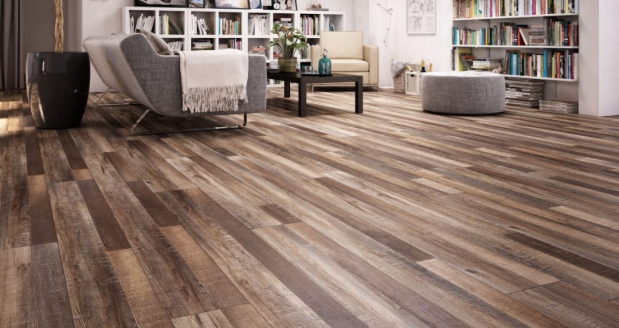
Contents
What is Laminate Flooring Made of?
Homes that endure the everyday chaos of family life may benefit from laminate flooring. It's highly durable, low maintenance and cost-effective, meaning you needn't worry about muddy paws and spilt spaghetti. Laminate consists of three layers; an HDF base, an image layer that mirrors your desired flooring material, and a transparent melamine overlay. HDF stands for high-density fibreboard; it is a composite board that is more robust and water-resistant than its cousin MDF. The printed second layer most commonly mimics the patterns and grains on natural wood flooring. However, there are also beautiful stone and tile designs available. And the final layer, resistant to all kinds of wear and tear, is register-embossed so that it looks and feels like the real thing.
How Does Laminate Flooring Compare?
| Laminate | Solid Wood | Engineered Wood | Vinyl | |
|---|---|---|---|---|
| Hardwearing | 4 | 2 | 3 | 5 |
| Maintenance | 1 | 4 | 5 | 1 |
| Initial Cost | 2 | 4 | 5 | 3 |
| Refinish | ||||
| Longevity | 3 | 4 | 5 | 3 |
| Easy to Clean | 4 | 2 | 2 | 5 |
| Water Resistant | ||||
| Underfloor Heating | 4 | 1 | 5* | 4 |
Key
![]() Suitable
Suitable
![]() Not Suitable
Not Suitable
*subject to floor thickness/manufacturer
(1-5) rated least to most
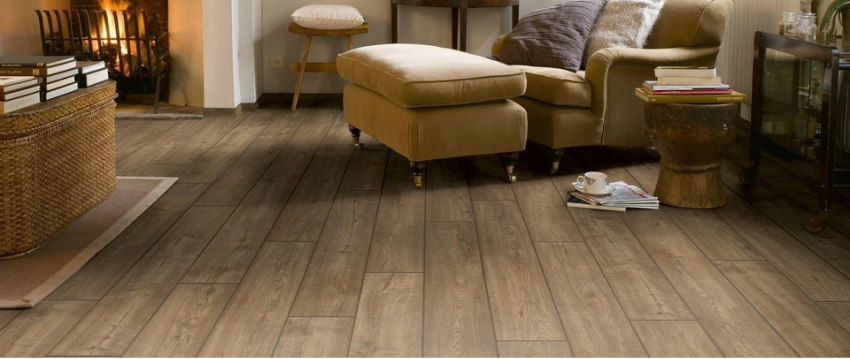
Is Laminate Suitable for any Room?
Suitable Areas
![]() Living Spaces
Living Spaces
![]() Kitchens
Kitchens
![]() Stairs
Stairs
![]() Bathrooms
Bathrooms
![]() Conservatories
Conservatories
![]() Basements
Basements
Unsuitable Areas
![]() Wet Rooms
Wet Rooms
Laminate floors are a very versatile option for your home. It is perfect for living areas and can also be installed in kitchens and bathrooms. Most laminates are splash proof but for total peace of mind check out a wide range of waterproof laminate flooring from a leading manufacturer Quick-Step.
All laminate floors have a high level of resistance to changes in temperature and are therefore suitable for conservatories and basements due to their stable nature and construction.
Quick-Step Flooring has a range of high performance underfloor heating products, like Quickstep Silent Walk Underlay. Alternatively, you could try Quicktherm Underlay by QA Flooring. Both of these will make the underfloor heating work more efficiently whilst also supporting and protecting your floor.
Laminate Flooring Styles & Effects
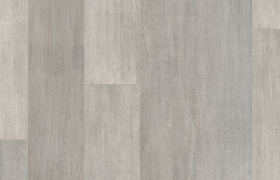
Single Strip Plank
The most popular type of laminate is a 1-strip single plank format, replicating the look of a single piece of wood. This style is ideal for bigger rooms.
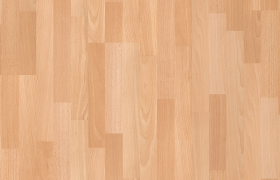
3 Strip Plank
Laminate flooring also comes in 3-strip plank style which looks like many small planks in 3 sections on one single board. This style creates the illusion of more space in smaller rooms
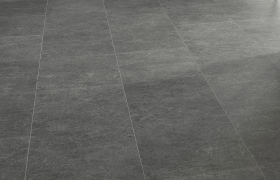
Laminate Tiles
Laminate tiles come in various effects such as stone, slate, ceramic, travertine or marble. They are much softer and warmer to walk on than conventional stone or ceramic tiles.
How Thick is Laminate Flooring?
Laminate flooring thickness ranges from 6mm to 12mm. 10 or 12mm is more suitable for high foot traffic areas as they are sturdier in construction. Concerning installation, the thicker the board, the easier it is to make it level with the subfloor. To cut costs, you can choose a 7 or 8mm board, however you should ensure you are already working with an even subfloor. It is important to note that thickness does not automatically mean the quality of the laminate is better; this depends on the materials used and the amount of the melamine wear layer.
In terms of width, there are plenty of options depending on whether you go for plank or tile format. The traditional planks range from between 150mm all the way up to 192mm and the square tiles are even wider.
What is a Bevelled Edge?
Like other floor types, there are different edging options available depending on the design you wish to achieve. Laminate floors that have square edge styled planks are even and smooth. Bevelled edged boards have a deep v-groove on two or all four sides of the board. For a balance of both, micro bevels minimise the gaps between the boards whilst still maintaining definition for a traditional look.
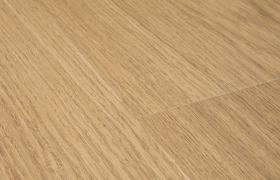
Square Edge
Square edge laminate floors tend to look more modern and allow for easy maintenance care.
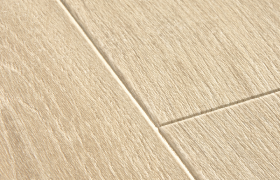
Bevelled Edge
Bevelled edge laminate floors can help hide any tiny gaps between the boards which might appear over time.
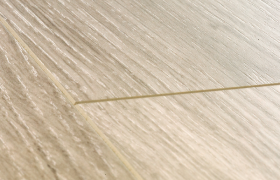
Microbevelled Edge
Microbevelled edges can also create a more traditional look in your home with minimal bevels between the boards.
How to Install Laminate Flooring?
If you would like to avoid hiring a professional, laminate is relatively easy to install by yourself. However, we do suggest seeking advice from a relevant installation manual. Before beginning, the planks need to acclimatise for 48 hours in unopened packaging. This process should take place in the room where the floor installation will occur. The ideal conditions are 15-22°C at a relative humidity of 30-75%. If climate conditions are outside this, acclimatisation should last one week with opened packaging.
Without an adequately prepared subfloor, the lifetime of laminate will decrease significantly.
Some appropriate subfloors include:
- Exterior grade plywood
- Concrete
- Vinyl that has not been glued to a subfloor underneath
- Existing wood
- OSB board
- Ceramic
- Terrazzo
- Particleboard
You will need to rethink laminate if you possess a carpet, glued vinyl or cushioned subfloor. Additionally, wood that is adhered to a concrete subfloor is also inappropriate.
There are a few considerations to make before installing laminate flooring. Have a look at your subfloor make sure it’s:
- Level: Most manufacturers recommend a subfloor be flat to within a 3/16" in a 10ft. radius.
- Clean: You'll need to clear away any dirt or debris. You can also sand away any glue, wax, paint or oil from the subfloor. Why not try the Makita Random Orbital Sander for this task.
- Structurally sound: If you're laying over floorboards, check that the screws are secure and the gaps between the boards aren't too large. You may wish to cover the floorboards with plywood for a more reliable base. Hiring a surveyor to test your floor may be a good idea if you aren't confident in your own ability.
- Dry: There are a few methods to test the moisture content of your subfloor, depending on the type. For wood, you can use a moisture meter. Moisture content should be between 7% and 9% and not exceed 12%. For concrete, you can use a digital hygrometer. Always use a damp proof membrane, or DPM, between a subfloor and laminate to create an efficient moisture barrier. Take a look at this facility management community publication by Buildings.com for some great advice on testing concrete for moisture.
Laminate flooring is fast and easy to install with a locking installation method that clicks the boards together. Click flooring allows the end joints to simply drop in. It is important to note that the boards should not be excessively forced together with a mallet or similar tool, as this can cause damage to the click system.
When it comes to underfloor heating, the system that operates the floor surface temperature should never exceed 27°C. You must follow the manufactures underfloor heating running in cycle when first installed.
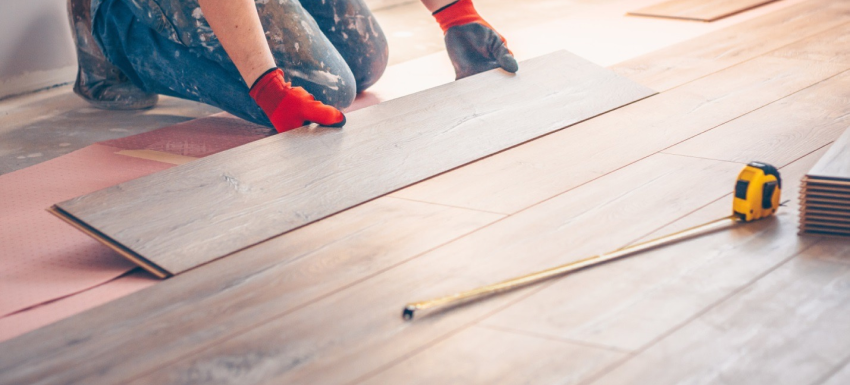
How to Saw Laminate Flooring?
During installation, you may come across some tricky corners or angles that require improvisation. For example, the boards around your toilet will need to be cut to suit its shape. You can use a jigsaw for this and any other task involving curved cutting. For shortening boards with a straight cut, a handsaw or circular saw will work perfectly. It is important that you take your time when using power tools and saws as laminate can chip while being cut. If you don’t feel confident with the above, invest in a laminate floor cutter, they are precise and easy to use with a long-lasting blade.
How to Clean Laminate Flooring?
Usually, a soft sweeping brush, a hoover and a well-wrung mop are all you need to keep your laminate flooring clean and hygienic. Squeezing out any excess water from your mop is essential to avoid warping and swelling. Don't wait to mop up spillages as liquids can damage your floor. Be extra careful when cleaning bevelled edge laminate flooring because dirt and water can accumulate in the gaps. Always consult the manufacturer's instructions as some products can be harmful to laminate. For example, oil-based products can leave unsightly residue and weaken the transparent melamine overlay.
Whilst laminate flooring is durable and scratch-resistant, damage can still occur. A doormat will protect your floor from dirt coming in from outside and any possible scratches from repeated opening and closing of the door. To avoid damage to your laminate, try not to drag heavy furniture around. A convenient fix to this is the addition of felt pads to the underside of your furniture legs. Should any damage occur, you may find a laminate repair kit helpful.
*You can visit well-stocked flooring showrooms for even more expert advice and a wide range of laminate flooring options to suit all your flooring needs.
